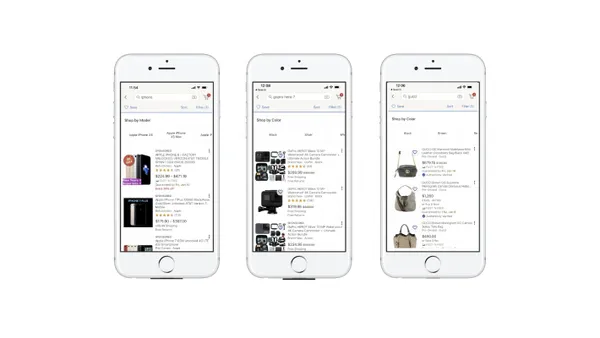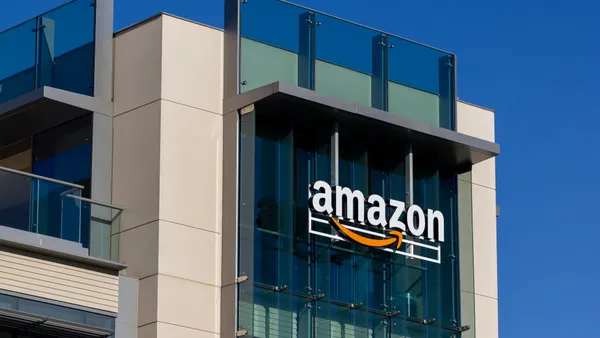The following is a guest post by Nick East, CEO of Zynstra. The views are the author's own.
Today's retail CIOs are faced with more challenges than ever before. The rise of e-commerce and the entrance of online giants into the physical retail market is redefining the role of bricks-and-mortar stores. Customers need to be able to enjoy a seamless omnichannel experience — one that is designed around their expectations, all while remaining cost-effective.
On top of this, CIOs have to be able to prove immediate and measurable ROI for every dollar that's spent. They also need to ensure they are finding ways to keep customers satisfied and coming back for more. More often than not, the ways of doing this revolve around the use of technology — anything from checkout innovations to in-store augmented reality, interactive 'smart' mirrors and better integration between the online/offline world.
Ultimately, the CIO's dilemma boils down to the age-old "cost versus innovation" debate. How can they optimize their efficiencies while simultaneously delivering innovation?
Legacy infrastructure is a barrier to innovation
While retailers have ambitions to drive innovation in-store, the truth is very few actually have the infrastructure in place to support their vision. The legacy store infrastructure that many still rely on was built for a different era, and it has grown organically over time without any strategic investment in centralized management, automation and control. Not only does this make it slow and expensive to launch new services and applications efficiently, but it makes it equally difficult to save money on staff and technology.
This leaves the retailer in a tricky scenario, particularly where large distributed store networks are involved. It used to be the case that CIOs relied upon dedicated in-store technology devices to support operations, but this device-oriented approach creates IT sprawl and management complexity and is not conducive to rapid innovation.
Ideally, CIOs need to reduce the complexity of IT in-store and thereby the IT bill of materials, as well as enable relevant workloads and data to be processed in real time at the edge — in the store.
The answer lies in new edge technology solutions that are shaping the future for retailers that wish to drive real competitive advantage.
Closer to the edge
We are finding more and more CIOs moving towards edge technology, which introduces a new way of working and one which can keep all parties happy. Retailers can capitalize on IT capabilities in-store, while also enjoying the benefits of the enhanced control and flexibility of cloud-based services. Using edge technology in the retail space ensures that information processing, content collection and delivery are placed closer to the source of the data — in the store — and closer to customers and store operations.
Because this infrastructure can support the running of multiple applications with no increase in the physical IT footprint, edge technology is ideal for delivering the kind of in-store experience that customers are demanding. This means that, crucially, edge technology can enable the software-defined store.
Getting edge technology right
Edge technology must be designed for the unique, highly-distributed store ecosystem. This also includes virtualized environments designed for the edge, so CIOs can deliver a leaner, more efficient and reliable store IT infrastructure — something which can help to meet (and ideally exceed) customer expectations through its ability to encourage continuous innovation.
The beauty of edge technology is that it provides exactly what previous infrastructures lacked: centralized management and control which allows the store estate to be treated as an integrated whole. Managing a store ecosystem rather than a collection of individual stores is undoubtedly the way forward. This approach relies upon intelligent automation technology, which enables the management and control of all IT assets while simultaneously remaining compliant.
Retail CIOs the world over are coming under pressure from all directions. They're responsible for making sure their businesses are secure, productive, financially sound and innovative all at the same time, but legacy IT infrastructures, built for a different age, actively prevent retailers from meeting this goal.
Thankfully, edge technology is able to give retailers what they are looking for. It is far more conducive to innovation — a vital part of the customer experience –— and introduces a new centralized management approach which reduces the cost to serve and massively simplifies the overall IT operations. From a CIO perspective, it allows them to set themselves apart from the rest of the market, and to get a head-start on implementing the latest and greatest technology in-store.












